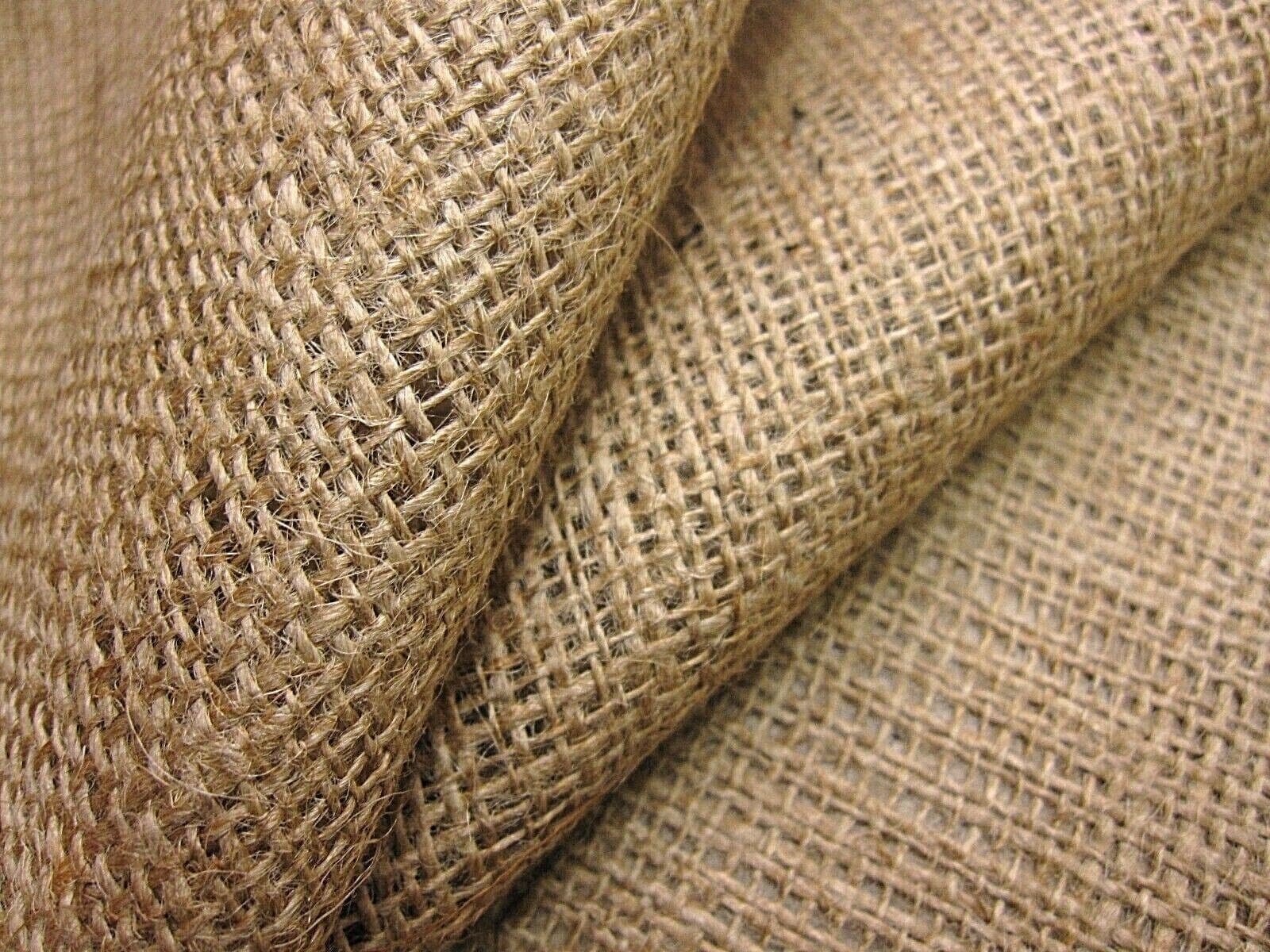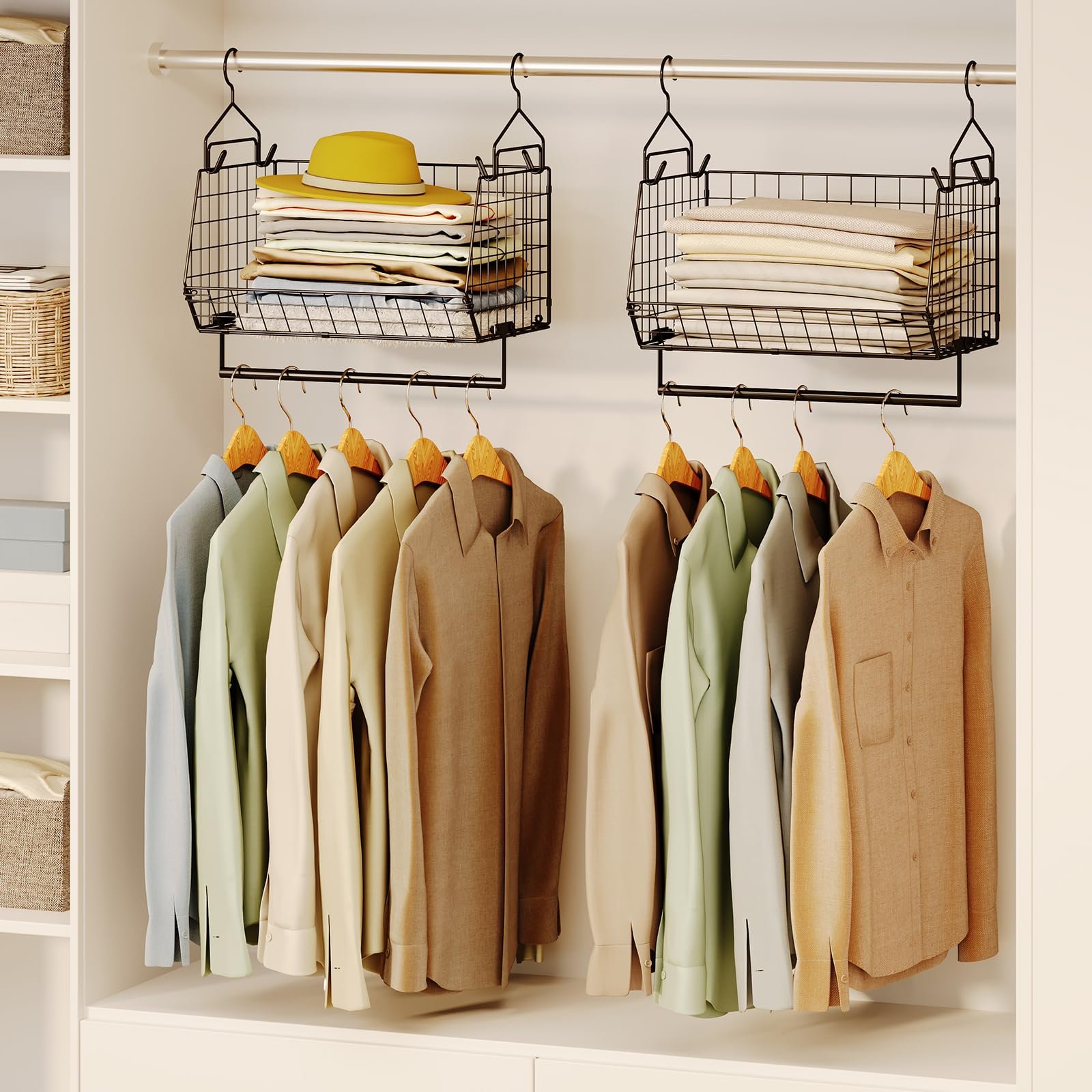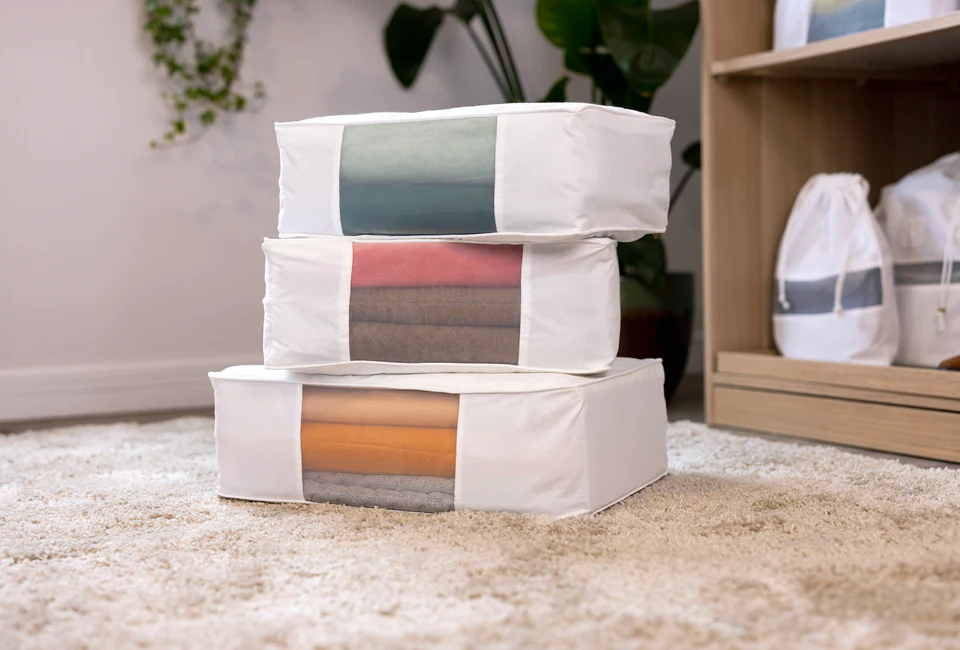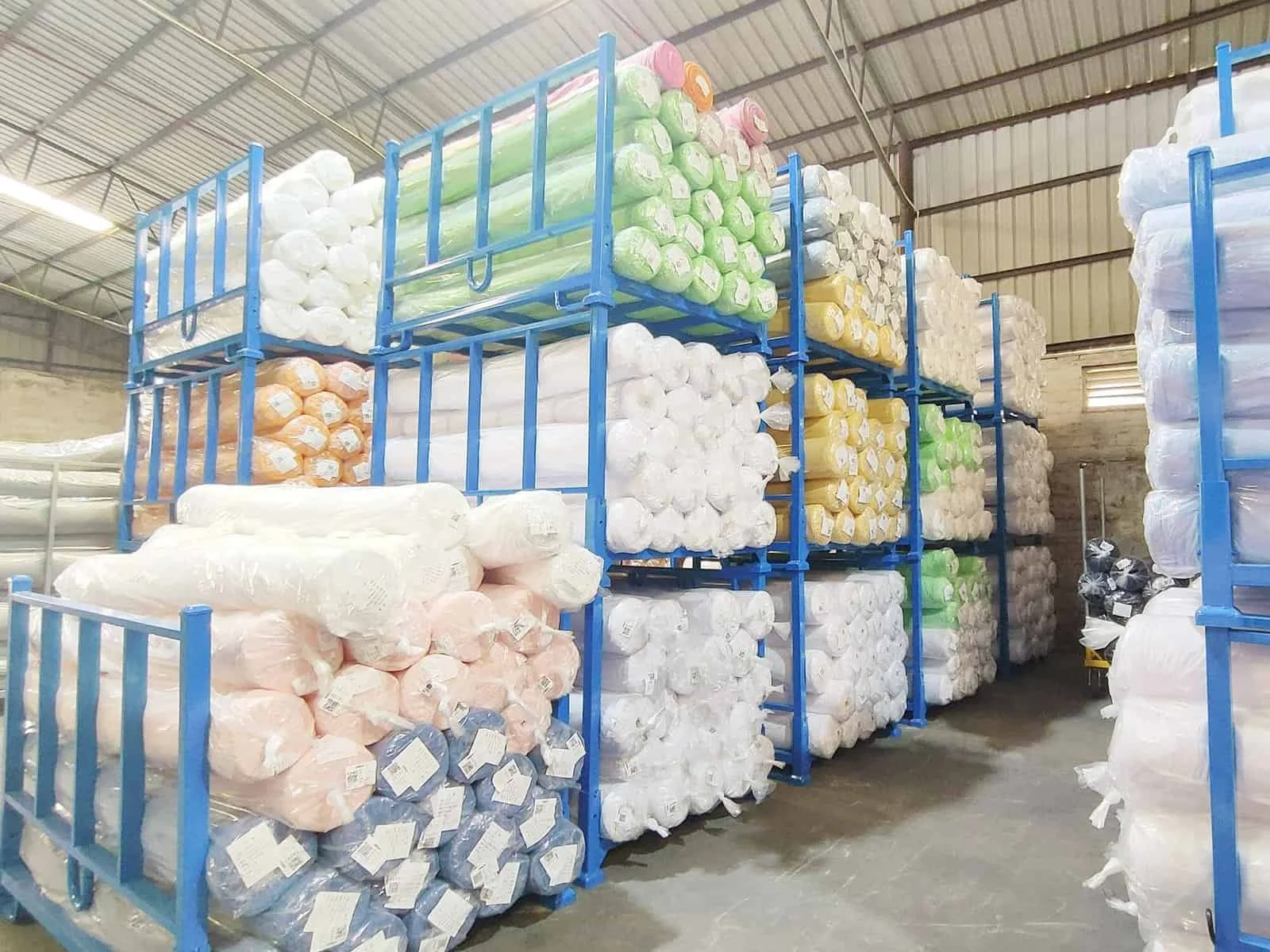Introduction: Why the Right Toy Storage Box Makes All the Difference
Toys are essential to a child’s development—but they’re also the fastest way to create chaos in your home. If you’ve ever stepped on a Lego barefoot or spent 30 minutes finding a missing puzzle piece, you know the struggle. That’s where the right storage box for toys comes in.
A well-designed toy storage system can reduce clutter, teach kids responsibility, and even elevate your room’s style. But with so many choices—plastic bins, fabric cubes, wooden boxes, wheeled carts—it’s hard to know which one to pick.
This guide gives parents 7 essential tips for choosing the best toy storage box for their family’s needs.
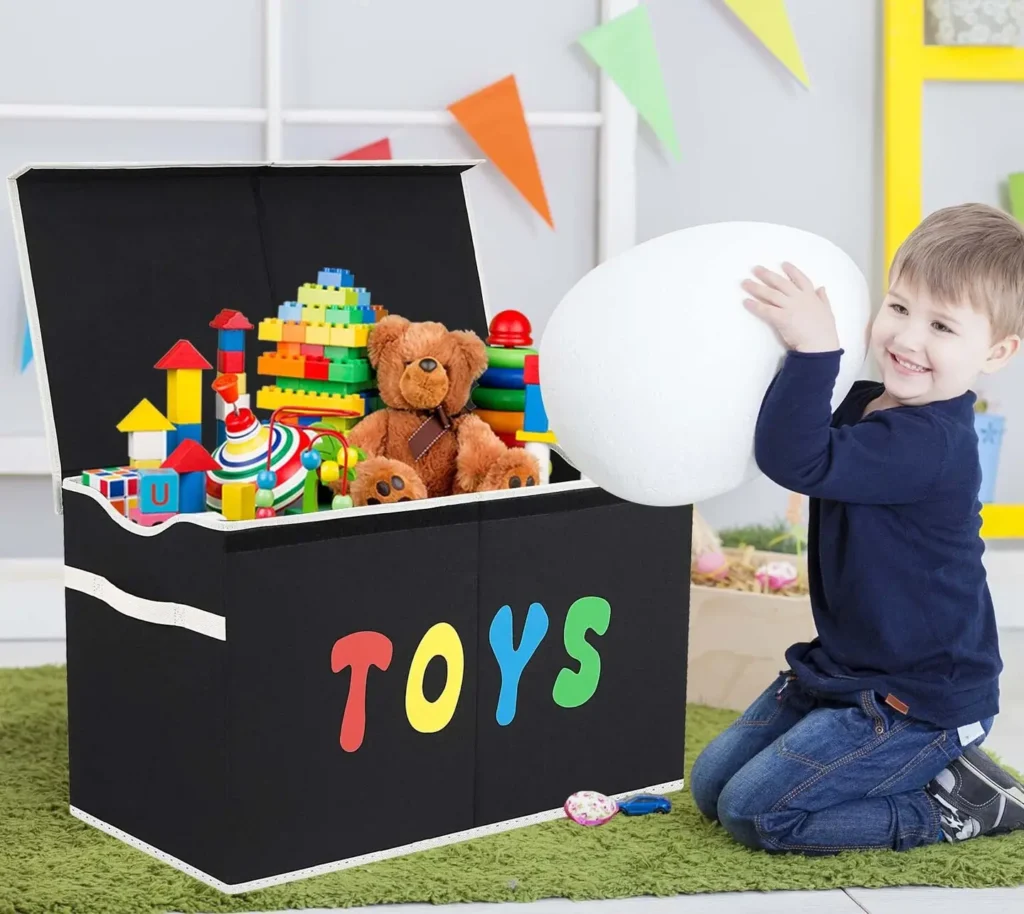
1. Choose the Right Size for the Right Toys
Not all toys are created equal. Some are tiny (think building blocks), some are bulky (like plush animals or trucks), and others come in sets that need to stay together.
What to consider:
Large bins for bulky toys like stuffed animals or balls
Medium boxes for books, dolls, and puzzles
Small containers or dividers for action figures, LEGO, or art supplies
Pro tip: Always measure the space where you plan to place the storage box before buying.
2. Select Safe and Kid-Friendly Materials
Since toy storage is often used by children, safety is non-negotiable. Avoid boxes with sharp edges, splinters, or heavy lids that could fall on little fingers.
Best material choices:
Plastic: Lightweight and easy to clean, but make sure it’s BPA-free
Fabric: Soft and foldable, ideal for younger kids or bedrooms
Wood: Durable and stylish, best for older children or shared living spaces
Check that all materials are non-toxic and labeled as safe for children.

3. Consider Whether It Needs a Lid
Lids can help hide clutter and stack boxes neatly—but they can also slow kids down or lead to pinched fingers.
When to use lidded boxes:
For long-term or off-season toy storage
In living rooms or multipurpose spaces where aesthetics matter
For older kids who can safely open and close them
When to skip the lid:
For toddlers or young children who need quick, easy access
If you want kids to clean up by themselves
4. Look for Portability (Especially If You Move Toys Between Rooms)
If your child’s toys travel between the bedroom, living room, and car, you need mobile storage.
Look for features like:
Built-in wheels or handles
Lightweight materials
Stackable or collapsible design
Use case: A rolling toy storage box lets you clean up in one room and wheel everything away in seconds.
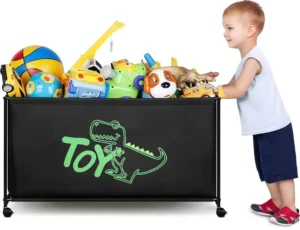
5. Choose Boxes That Encourage Sorting and Cleanup
The best toy storage boxes don’t just hold stuff—they help kids understand where things go.
Examples:
Color-coded boxes for different toy types
Labels with words or pictures (especially helpful for toddlers)
Storage boxes with dividers to encourage categorization
This isn’t just neat—it builds daily habits and responsibility.
6. Match the Style to Your Home Décor
Toy storage doesn’t have to clash with your interior. In fact, it can complement your style if you choose wisely.
Options that blend in:
Woven baskets for boho or natural homes
Neutral-toned fabric bins for minimalist spaces
Wooden crates or benches for Scandinavian or rustic designs
Bright colorful boxes for playrooms or kids’ bedrooms
Bonus tip: Look for storage boxes that double as benches or side tables for extra function.
7. Think Long-Term: Will This Work as Your Child Grows?
Children grow fast—and so do their toys. Choose storage boxes that can adapt with time.
How to future-proof your toy storage:
Select modular or stackable systems that can be reconfigured later
Opt for neutral designs that won’t feel “too babyish” in a few years
Choose boxes that can later store books, school supplies, or even clothes
Smart storage grows with your family—and saves you money long term.
Bonus: 3 Popular Types of Toy Storage Boxes (and What They’re Good For)
1. Foldable Fabric Storage Cubes:
Great for bookshelves, cubby units, and everyday toys. Easy for kids to pull out and put back.
2. Rolling Plastic Bins with Lids:
Perfect for shared play areas or quick cleanup. Easy to wipe down and store under tables.
3. Wooden Toy Chests or Benches:
Stylish and functional for living rooms. Use for large toys or mixed categories.
FAQ: Storage Box for Toys
Q: What is the safest storage box for toys?
Soft-sided fabric bins or BPA-free plastic boxes with no sharp corners are ideal for toddlers.
Q: Can toy storage boxes be used in the living room?
Absolutely! Choose neutral colors, woven baskets, or wooden boxes to match your decor.
Q: How do I keep toys organized in storage boxes?
Use dividers, labels, or color-coded systems to group similar toys together.
Q: What size box is best for toy storage?
It depends on the toy type—larger boxes for plush or trucks, smaller ones for blocks or figures.
Q: Are stackable toy boxes a good idea?
Yes, especially for small spaces. Just ensure they’re safe and easy for kids to handle.
Conclusion: Make Storage Part of the Play
Choosing the right storage box for toys isn’t just about keeping your home clean—it’s about creating an environment where kids can play, learn, and grow independently.
A well-chosen storage system empowers children to take charge of their own space and helps you stay sane as a parent. Whether you’re organizing a nursery, taming a toy-filled living room, or optimizing a small apartment, the right toy box makes a big difference.
Call to Action:
Need help finding the perfect toy storage? Explore our best-selling toy storage boxes and bins for every age, room, and lifestyle.

